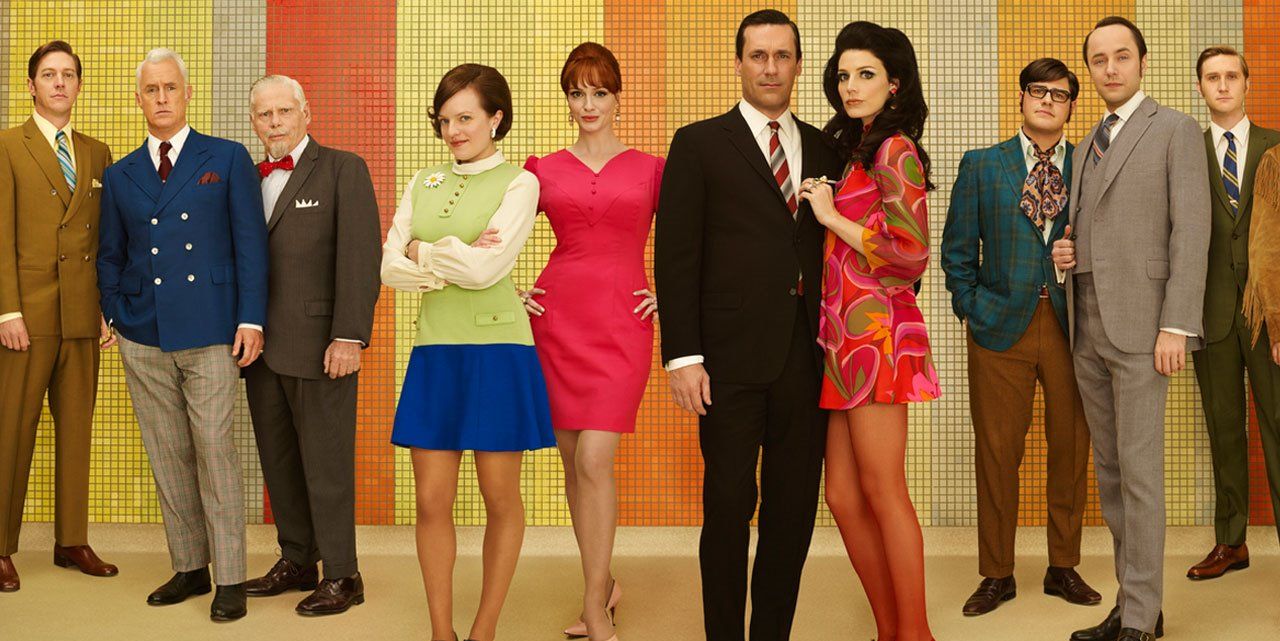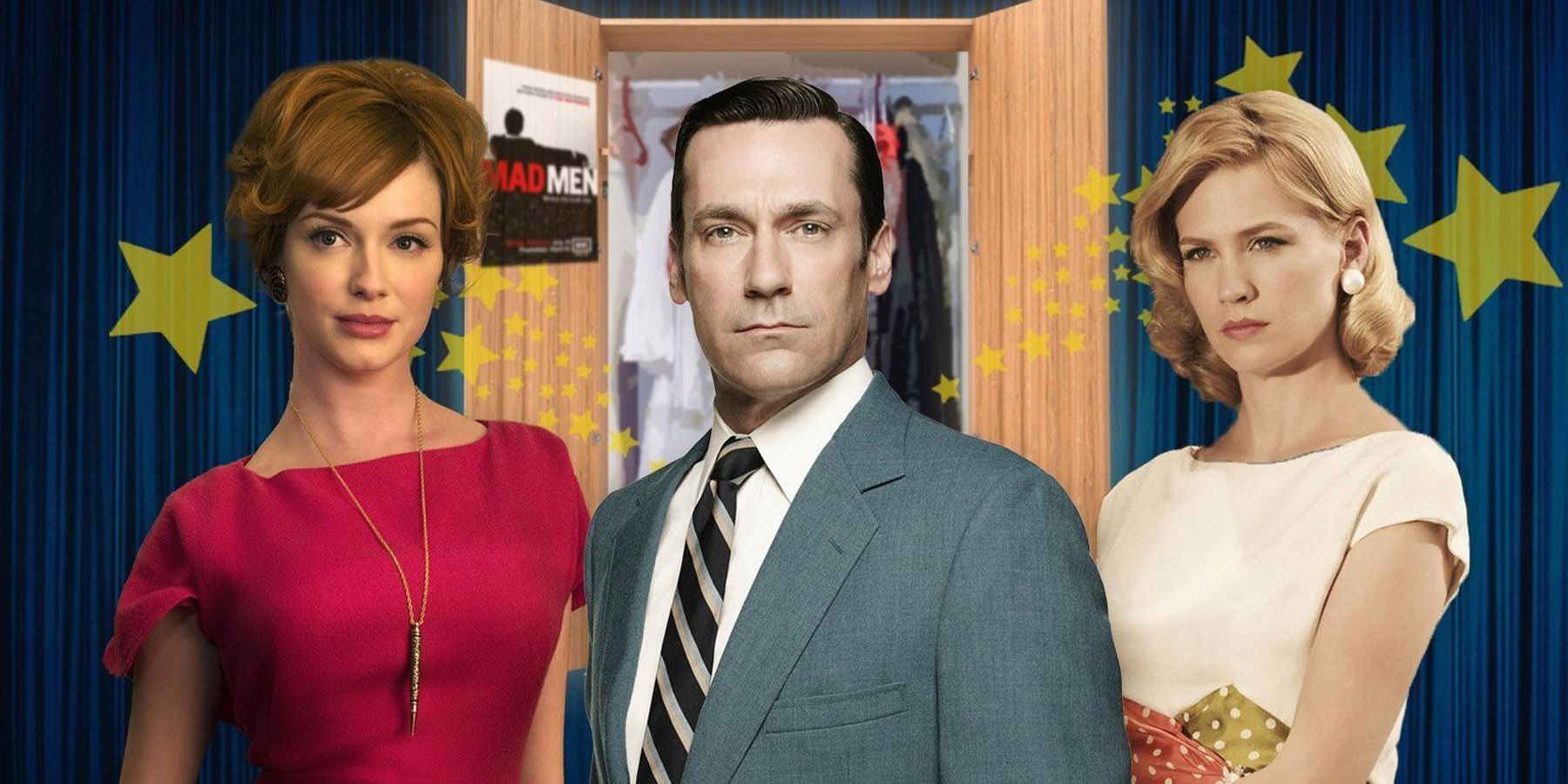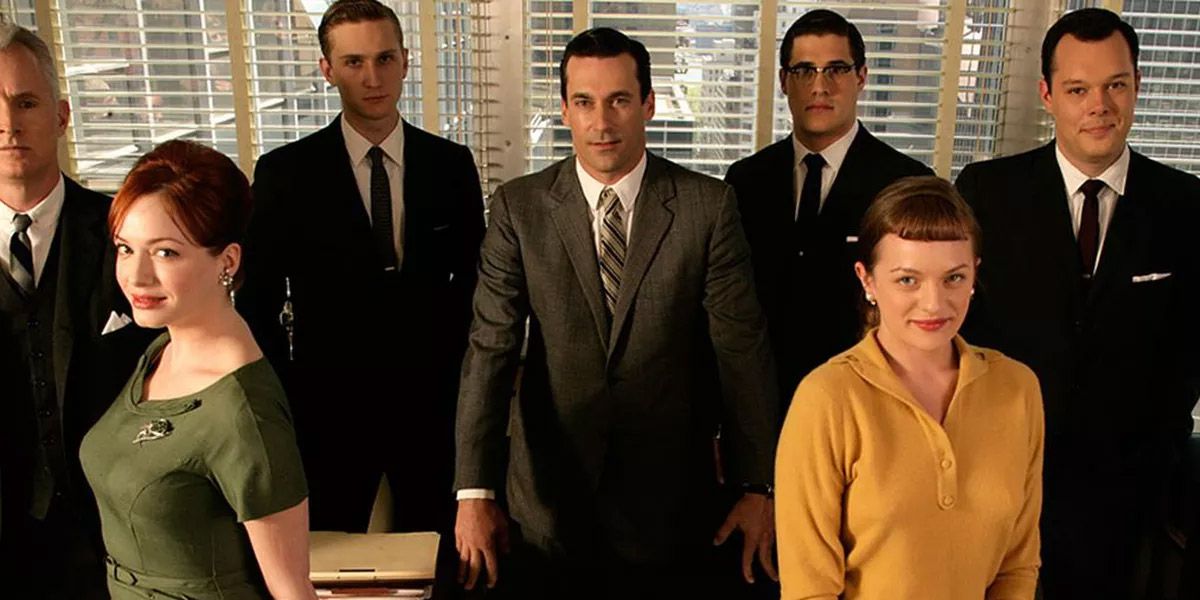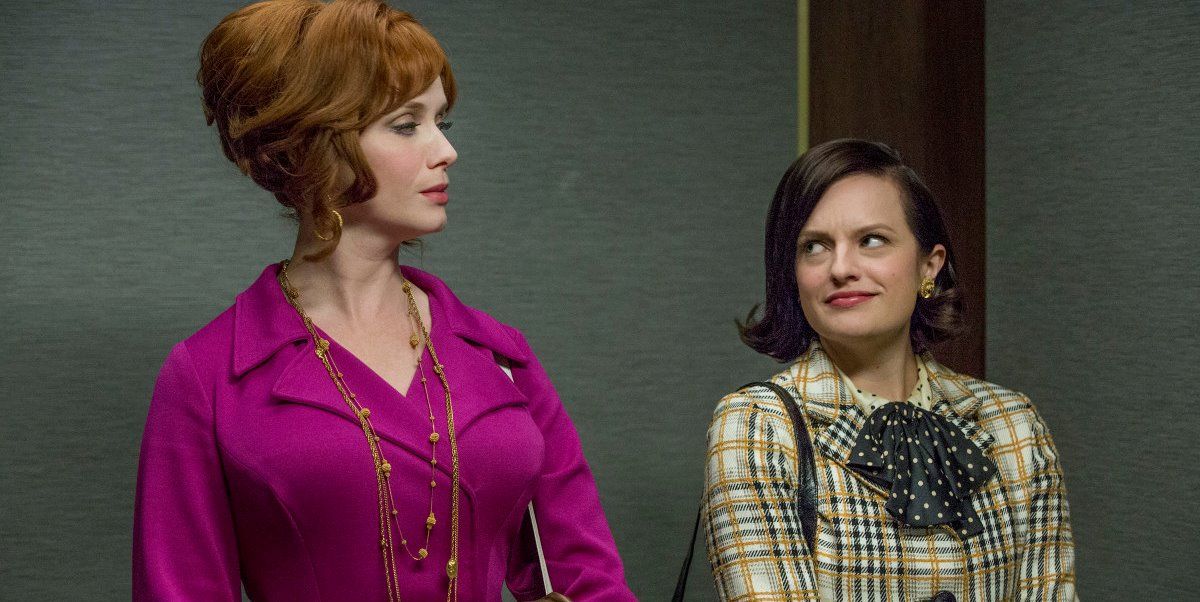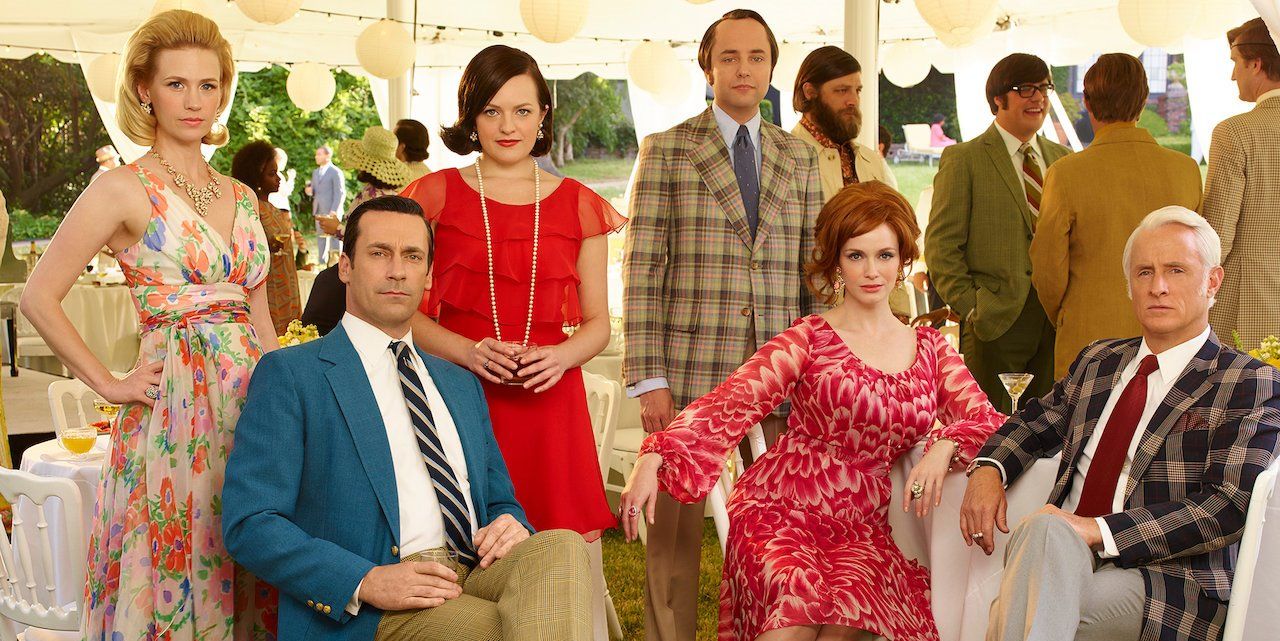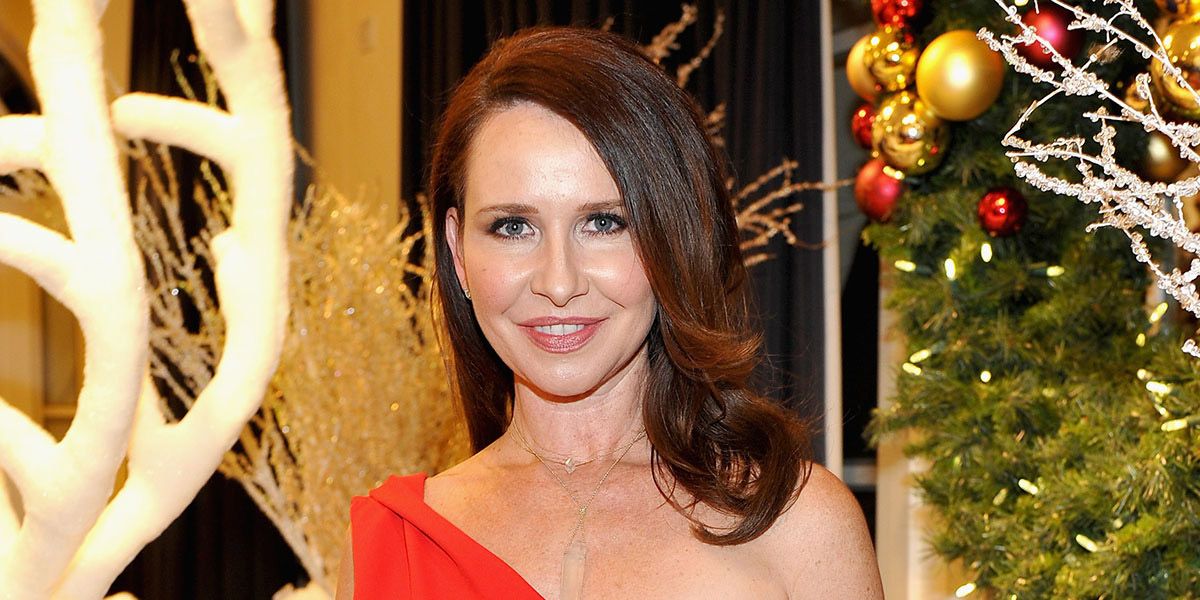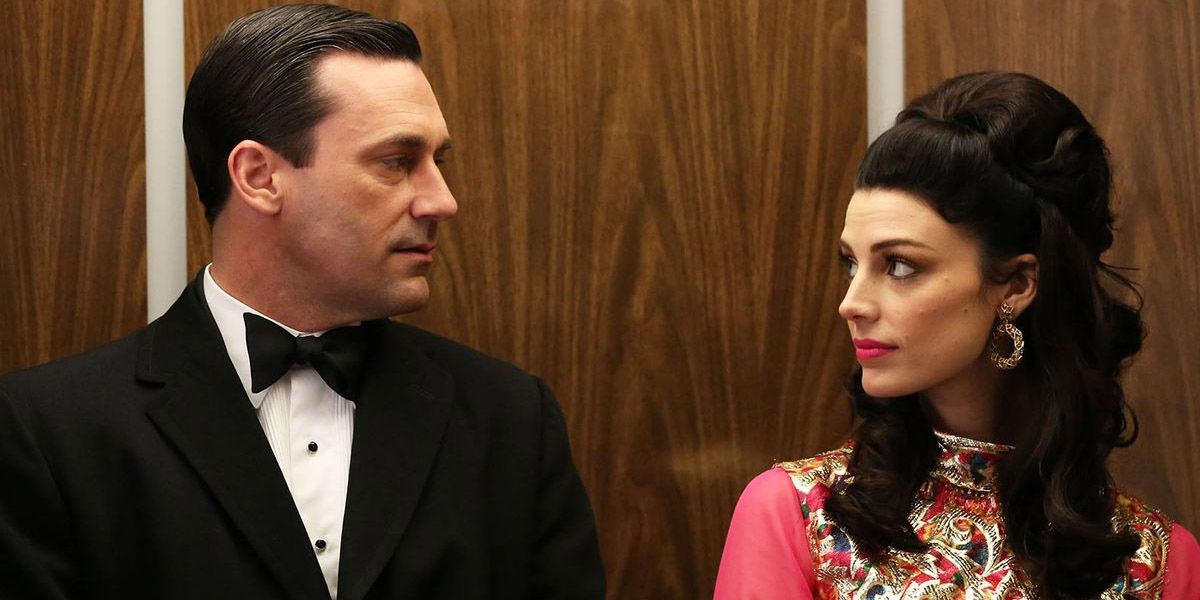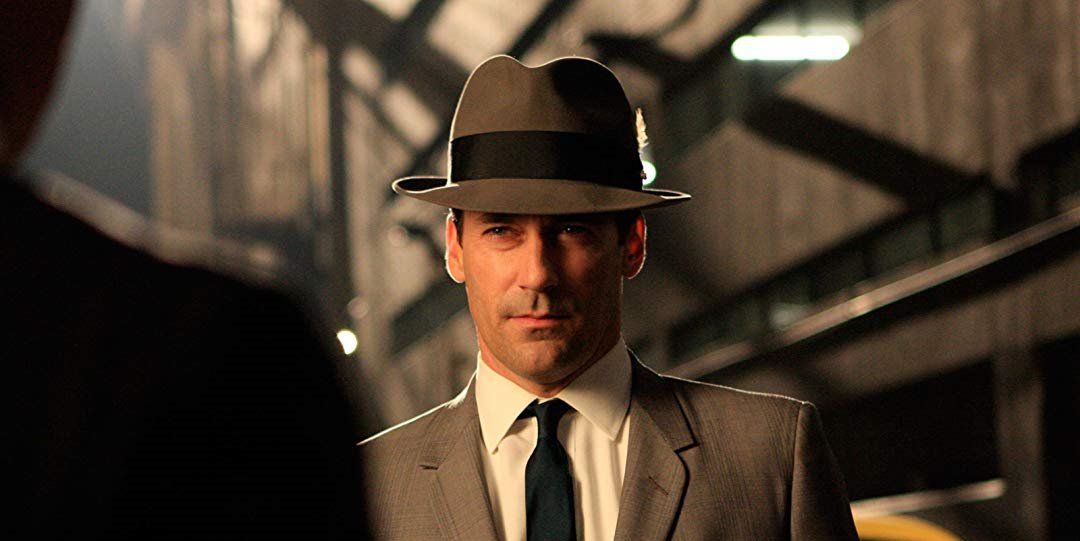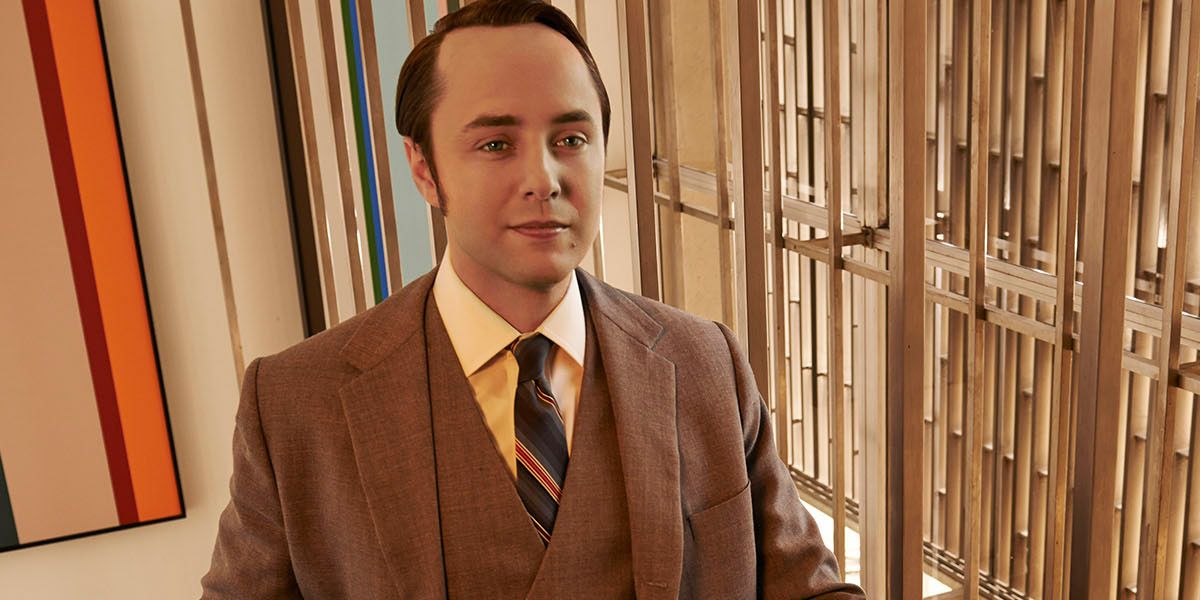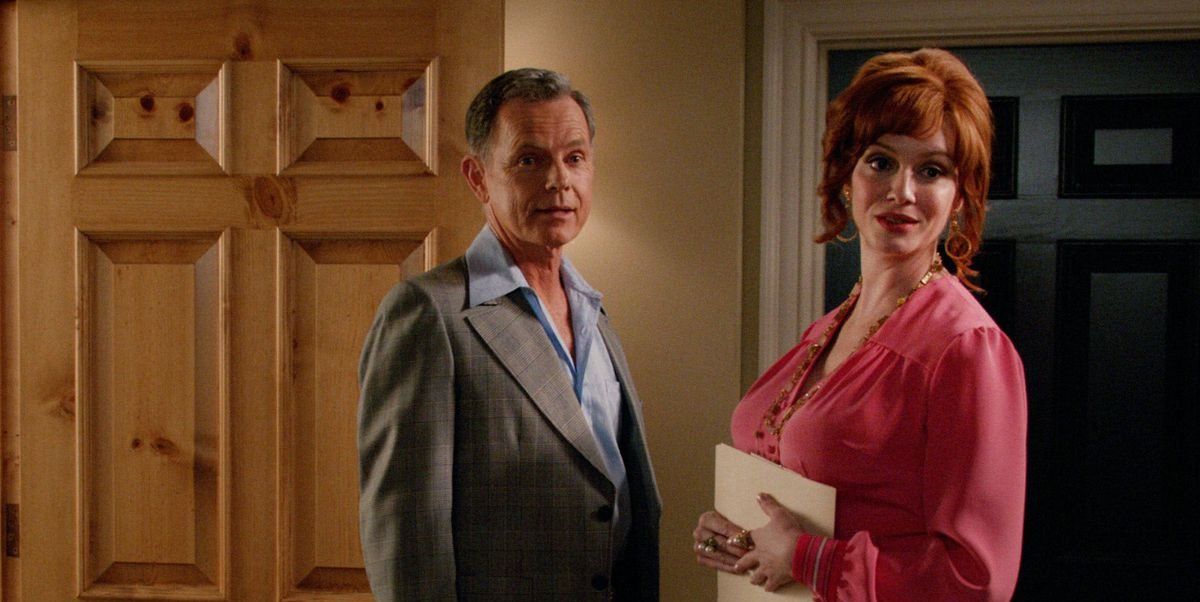Fun and reasonably scandalous, Mad Men presents an invigorating narrative that has always attracted a wide audience. The characters are larger than life and their interactions, dynamic. Still, what really makes the show the prized series that it is, is the wardrobe of the characters. They are convincingly dressed to fit the part and to portray all the magic and allure of a bygone era.
Here are 10 things you might not know about the show's costumes, to add to your appreciation from the series which gives one a glimpse backward in time to the 1960s, a decade when things were hip, happening and the world was everyone's oyster.
Episode by episode
The creative team behind Mad Men's costumes worked on the series' wardrobe episode by episode. Designer Bryant said that the team would sit down to talk about each episode's narrative and the characters at the beginning of each season. This would then be discussed in terms of costume design.
Following this, research was done so that the best of each character and each episode's narrative could be brought forth. For the costumes of Mad Men, it was all about planning and remaining true to the initial costume design vision - to recreate the 60s, and remain true to what was real in terms of fashion in those years.
Character by character
Each character in the series was given their own design book. This meant that a special team was designated to each character, and factors such as the actor/actress, their habits, their lifestyle, their personality... and then the broader factors, such as the time era and area in which they lived were taken into account.
For each episode, a week was given to create the design book for each character, making for tedious, thorough research and quality investment in each facet of costume design for the show. Add to this some vintage hats or ties and voila!
Purple wonder
Every actor or actress has an item of clothing they just love on set! It was the same with Mad Men. Peggy Olson's long-sleeved purple dress was a firm favorite with viewers.
It also had quite a story behind it. Costume designer Janie Bryant said she had been contacted by a woman from Queens who wanted to give her some dresses from the 60s. The purple dress had been among them. Within a few days, Peggy Olson was wearing the dress on set.
Vintage rules
Donations are costume designer Janie Bryant's favorite when it comes to kitting out a cast such as the cast of Mad Men. This is because donations cover clothing from across different eras, genres, ages, and cultural groups.
An old woman called Jean Bell donated a whole lot of clothes to the show, including all of her bags and hats, and her husband's ties. Vintage, according to Bryant, is more valuable than exclusive pieces designed especially for the show.
Reflecting the times
However 'thrown together' some of the outfits on Mad Men might appear, they are completely accurate in reflecting the desired time period which they depict. A great deal of research went into the costumes for the show, with the outfits reflecting the years from the early 1960s to the beginning of the 1970s.
The clothing and details are accurate to an astounding degree. This is partly because of the research done into this specific time period, but also because vintage clothes were used for the cast. This means actual clothes worn by those who were fashionable at that time.
Emmy winner takes the lead
Janie Bryant, who has won an Emmy Award for her costume designing, for Deadwood, was the mastermind behind the wardrobe of Mad Men.
Mad Men was not her first 1960s drama and so when she heard about the series, she was super excited and even flew out to meet the directors of the show, specifically Weiner, who had just finished work on The Sopranos.
With a portfolio and track record like that - and an unhealthy interest in the 60s - one can hardly expect to be surprised at Bryant's successful wardrobe for Mad Men.
Coupling up
Throughout the show, it would seem that couples are showing up with matching wardrobes, when they are in unity, and with clashing outfits when they are, well, clashing.
To give an example, consider when Pete Campbell was dressed in brownish-red checks, and Trudy Campbell, in pink floral swirls. The couple didn't need to open their mouths to show something was amiss. Or how about the scene where Peggy Olson and Ted Chaough are having an affair. They are dressed in colors which show agreement and unity in their act of deviance - greens and blues.
Hats and all
There are many hats in the series and this is no mistake. In this specific time period (the end of the 1960s), men were still wearing hats. This is why Don and the other men in the narrative walk around with stylish hats for much of the on-screen action.
Bryant explained that the decline of men wearing hats actually came around the time Kennedy and Elvis stepped onto the scene. This was to say, the beginning of the end of hat-wearing. Kennedy, she said, hated hats and it seems he was a bit of a trendsetter with the general public.
Peter Campbell, a trendsetter
Fans will agree, Peter Campbell definitely knows how to pull some fashion strings. He is very fashion conscious and at the beginning of the series was shown wearing the coveted blue suit of the day.
Bryan explained this fashion consciousness in Peter Campbell was a deliberate move of the costume design team. It was only as Campbell aged in the narrative that he was shown wearing more sombre, three-piece suits. However, the design team made sure to express his coolness and his youth, as well as his pizzazz with fashion, from the outset.
Far from practical
Designing costumes character by character means considering their unique personalities. The character of Joan was never practical, while at the same time is the epitome of femininity. This made for some great costume design moments, and for a designer, designing dresses and outfits exploring the power of Joan's femininity was a great treat.
When the character was eventually dressed in pants, it was in the classic 1950s cigarette pants - also dubbed the Marilyn Monroe pants.

